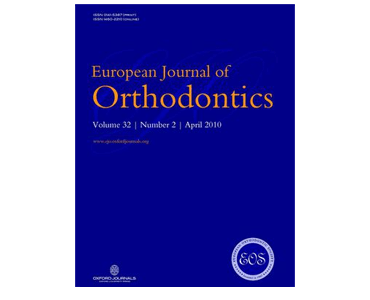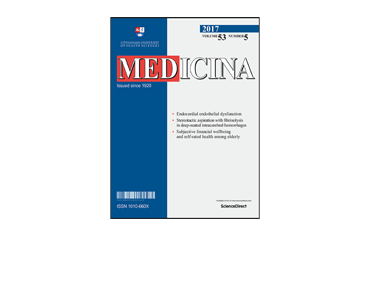Craniofacial Asymmetry from One to Three Years of Age: A Prospective Cohort Study with 3D Imaging. AM Launonen, V Vuollo, H Aarnivala, et al.
Date: December 2019. Source: Journal of Clinical Medicine, 9, 70; doi:10.3390/jcm9010070. Abstract: Deformational plagiocephaly (DP) is considered a risk factor for facial asymmetry. This cohort-based, prospective, follow-up study used three-dimensional (3D) stereophotogrammetry to assess the development of facial asymmetry in a normal birth cohort and to investigate the impact of DP on facial asymmetry for…







